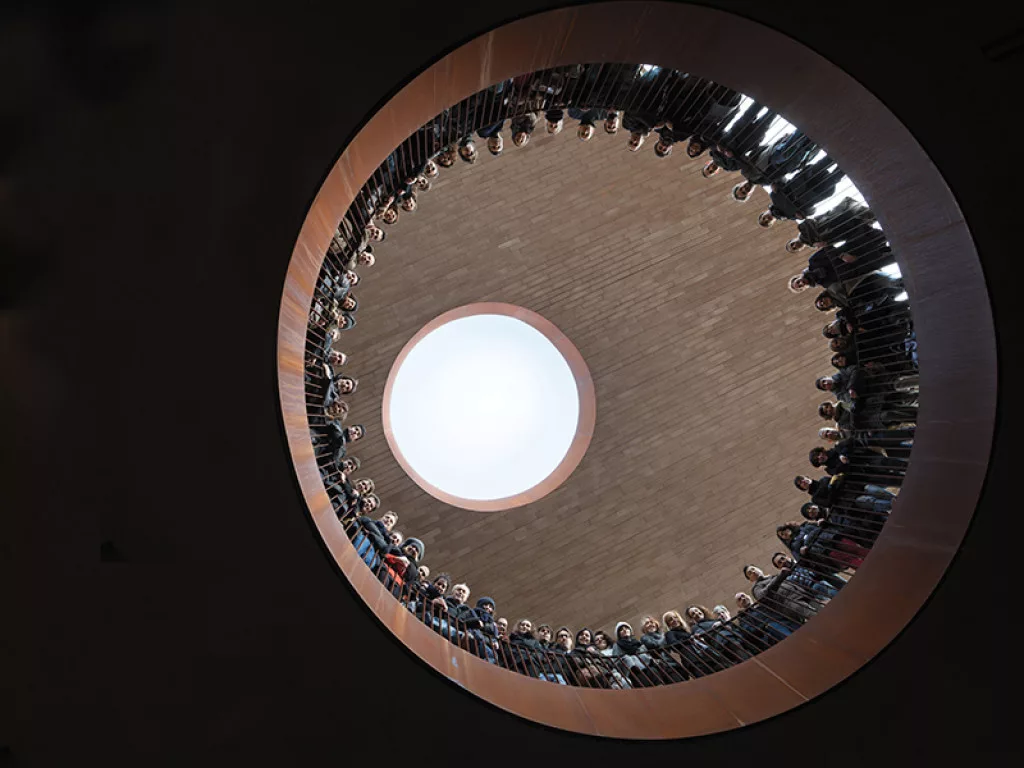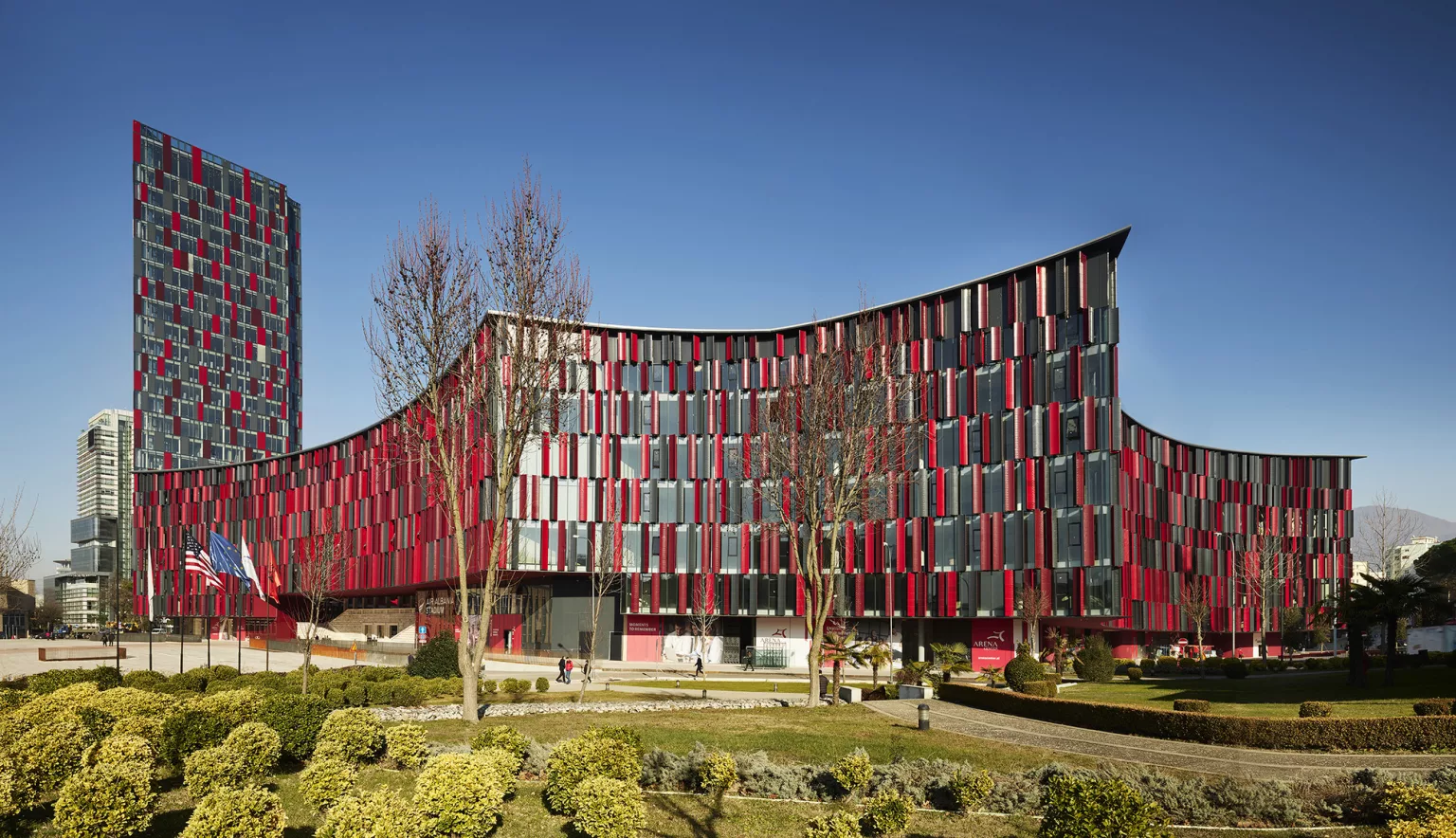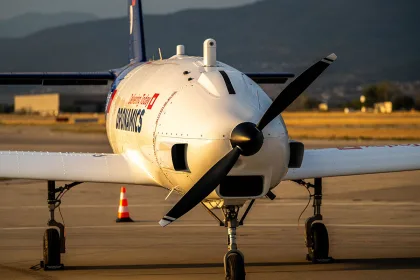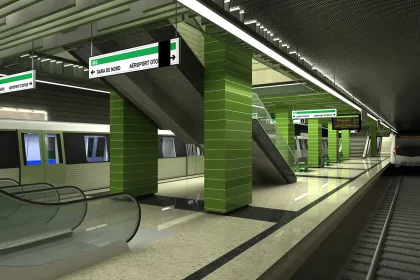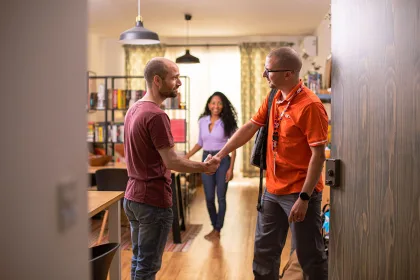Executives at Archea Associati reflect on their organisation’s journey and the significant evolution since the studio’s founding in 1988.
EXPERT ITALIAN ARCHITECTURE
Florence is a city renowned for its culture.
It is often regarded as a living, breathing museum and boasts a plethora of historic architecture. Famous for the Duomo, inside Florence’s cathedral and its Renaissance art, Florence attracts millions of tourists every year.
However, also born in Florence is Archea Associati. Founded in 1988 by Laura Andreini, Marco Casamonti and Giovanni Polazzi, Archea has become an international architecture and design office, specialising in urban planning, architecture, design, interior design and graphic design. In 2001, the founders were joined by Silvia Fabi, coordinator of the firm’s project activities.
As co-founder of the Archea studio and Associate Professor of Architectural and Urban Composition at the Faculty of Architecture of the University of Florence, Andreini has witnessed and played an influential role in the company’s success over the past 30 years.
“From the very beginning, the studio has associated an intense work of in-depth analysis and critical reflection in the field of architectural design and on the themes of architecture and industrial design,” she discusses.
Archea is located on the banks of the Arno. Over the past 30 years, Archea has created or designed hundreds of projects all over the world, on almost every continent, excluding Oceania, where the company harbours ambitions to measure itself.
“This marked international trait of our work has led us to open foreign offices to be closer to customers,” says Andreini. “We work with more than 160 freelancers per assignment, and we have a large workforce for specialist investigations and technical expertise. In addition to Italy – where we have three studios, in Florence, Milan and Rome – we are also present in Sao Paulo (Brazil), Tirana (Albania), Dubai (UAE), Beijing (China).”
And Archea isn’t finished there. The company is set to open another studio in Moscow, Russia while the studio was also confirmed as the winner of the international competition for the planning and development of the new urban expansion area in the South-East area of Moscow.
“We are proud that the Archea Associati studio from the 1980s to today, and with the same verve as then, represents the operation of Italian architecture in the world, through the creation of works that mitigate the experience of the past in the projection of the present that it is at the same time future.”
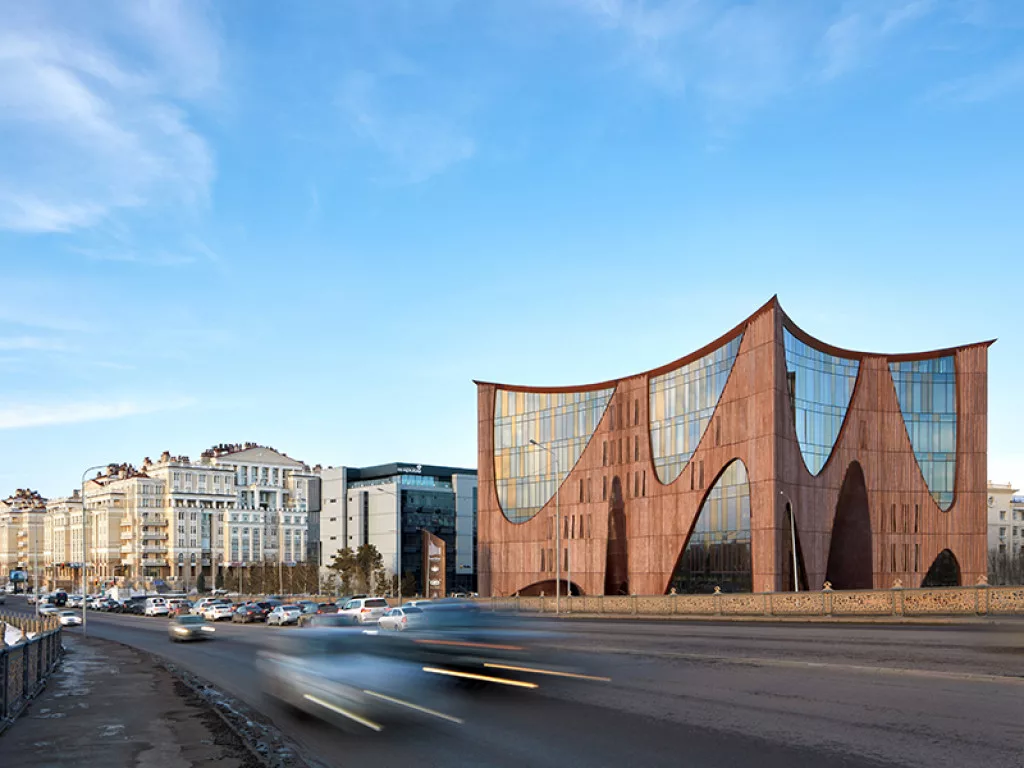
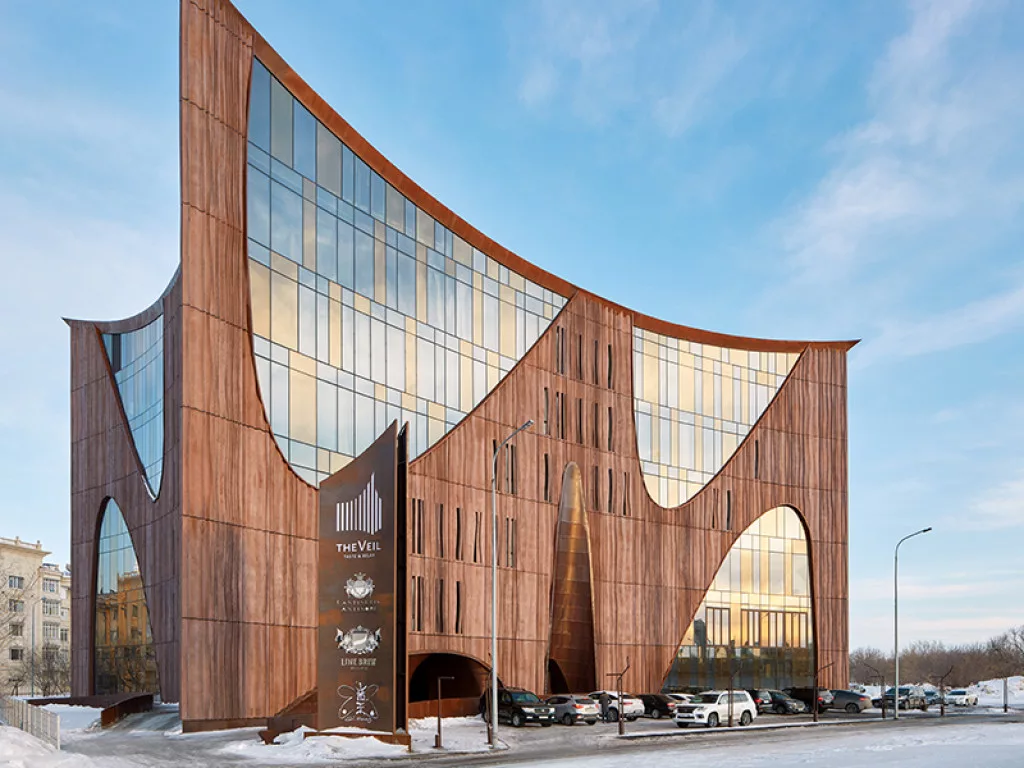
But, Andreini is adamant that Archea isn’t just an international architecture studio. She is clear about what sets her organisation apart from competitors.
“Our studio is a bearer in the world of Italian style, of the mastery of Tuscan artisans, of the brilliant Florentine acumen. Our works are permeated by all this, this spirit is manifested in the choice of materials, in the care of the colours, in the search for artistic solutions for carpenters, furniture makers, potters, bronze workers and upholsterers.
“All our work is based on the union between tradition and innovation, between the renaissance and the future,” she adds. “When we opened the studio in 1988, we hadn’t graduated. At the time, we did everything in parallel and almost unconsciously, our path was defined by simultaneously ranging between research and work in a completely natural way; we have never felt a transition between the ‘before’ linked to university life and the ‘after’ of the profession.
“There was rather a ‘continuation’ that started at university and exploded out of there. Ultimately, we could say that Archea’s profile is structured over the years through the intertwining of people and fundamental issues in which research, professional activity and theoretical reflection appear as the founding elements of a methodology in constant balance.”
Over the years, Archea has worked on a number of memorable projects, however, Andreini believes there are a few that stand out and she can remember well. “The Antinori Winery, in the heart of Tuscany, best expresses our style and our creative audacity,” she affirms. “Our signature is in the green of Chianti, which is inspired by the cuts of the Italian master of the 20th century Lucio Fontana, and illuminated by the entrepreneurial coherence of the Marquis Piero Antinori who brought his winery back to the land.”
It’s clear that Archea Associati isn’t a company to rest on its laurels and is displaying no signs of slowing down. The studio is developing the Viola Park, the Training Centre of ACF Fiorentina which will become the largest sports centre in Europe. The training centre will showcase 10 sports fields, heated and with lighting as well as two mini-stadiums with 3,000 and 1,500 spectators. In addition, there will be several buildings including guesthouses, fitness areas, restaurants that are useful for hosting all teams, both male and female, as well as youth teams.
Sustainability is a key driver to Andreini and she strives to embrace a greener approach wherever possible. “A large construction of 22 hectares that unites ‘genders and generations’ in a single place, with 90 percent of the area remaining green with the autonomous ability to produce energy,” says Andreini. “The roofs will be in the valley, to collect rainwater, and will be covered with green photovoltaic panels, and inside it will be possible to circulate only with electric vehicles. It is clear that this new project will be an example of environmental sustainability.”
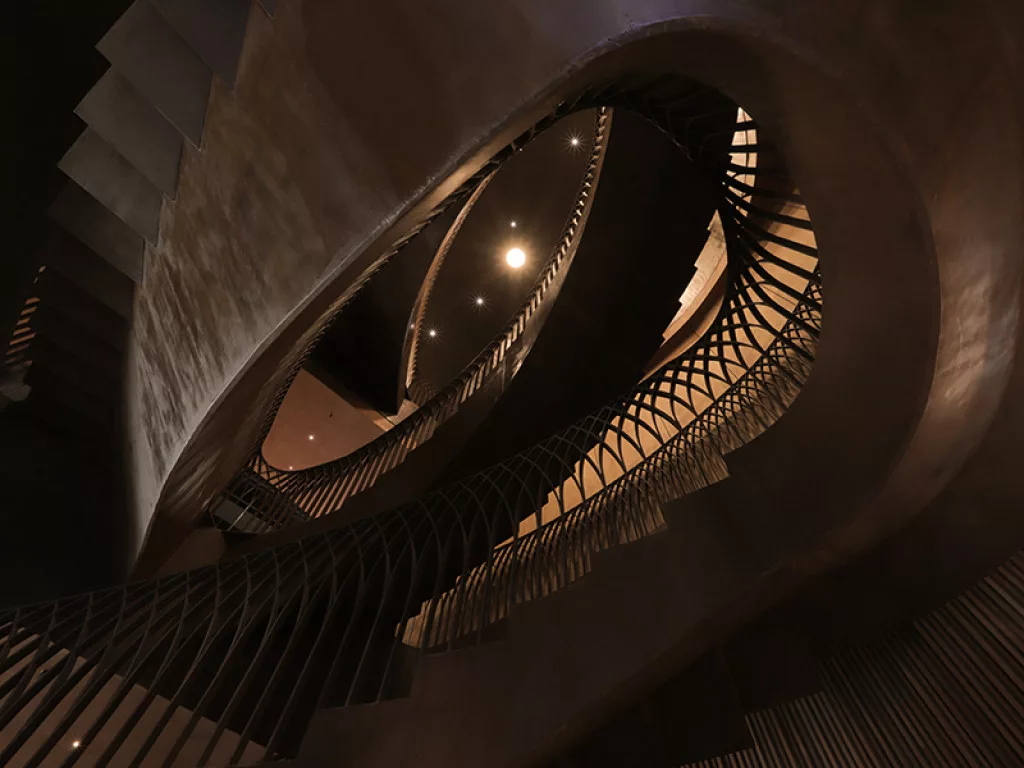
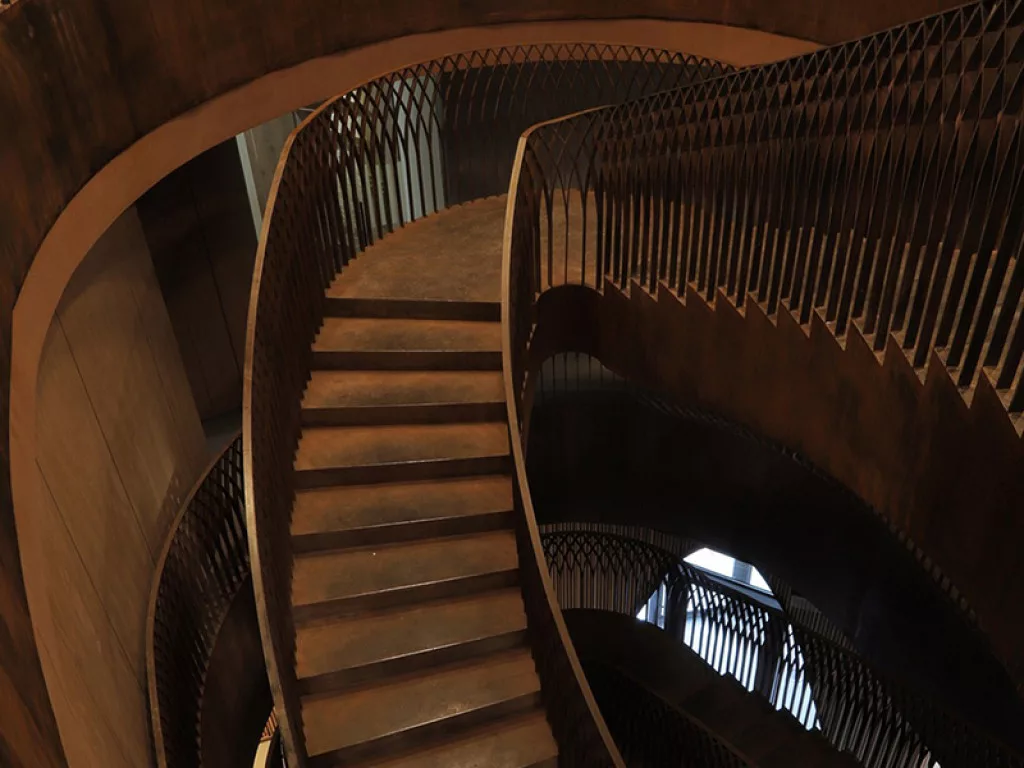
While sustainability is one important pillar, another is the ability to innovate and be proactive in the market. In recent years, the studio has developed a digital transformation of its offices and successfully initiated the ‘Cad to Bim’ evolution of its design techniques.
Massimo Sabatini is the General Manager of Archea Associati and over the course of his tenure at Archea, the company has started to see more of its collaborators – architects, designer, engineers, graphic designers and surveyors – invest an increasing amount in their technical specialist training by organising courses and continuous updating of programs. “This mental dynamism has allowed us to face prepared changes forced by the COVID-19 situation, starting the obligations of smart working with agility, without ever interrupting any collaboration,” explains Sabatini. “Indeed, we have also invested further in the health safety of all, creating and conducting an impressive screening activity for anyone who collaborates with us.”
Andreini believes that partnerships are vital to long-term success at Archea Associati and believes they act as a source of ‘enrichment’. Equally important are Archea’s collaborators. When the firm began to exceed the number of dozens of collaborators, Archea decided to equip itself with a manager who came from very different realities to better manage human and organisational resources. And as a result of the studio’s exponential growth, it has been a necessity.
“In the last 15 months alone, we have doubled the number of collaborators and won new orders,” adds Sabatini. “We are open to foreign professionals by vocation and in addition to the many Italian collaborators we also work with American, Indian, Albanian, Iranian, Brazilian, Czech, Croatian, Peruvian, Spanish, Belgian, Chinese, Russian, Sinhalese, Vietnamese, Moldovan and Serbian professionals. The internal international front can only increase further.”
With the future in mind, Andreini is clear about what the next few years hold at Archea Associati and for architecture in general.
“The opening of the Russian headquarters and the expansion of the Chinese and Brazilian ones are at the top of our thoughts,” says Andreini. “However, we are keen to invest in research and culture and we intend to create a new centre of artistic and cultural contamination in Florence.
“We believe that architecture is a social art that must necessarily express its identity through the ability to restore a sense of belonging to the places and territories in which it will be built. Alongside this, there are other important issues that will come into play; real invention techniques expressed in the constant desire to seek a link with the figurative arts, through ever-changing forms and uses of materials.”
